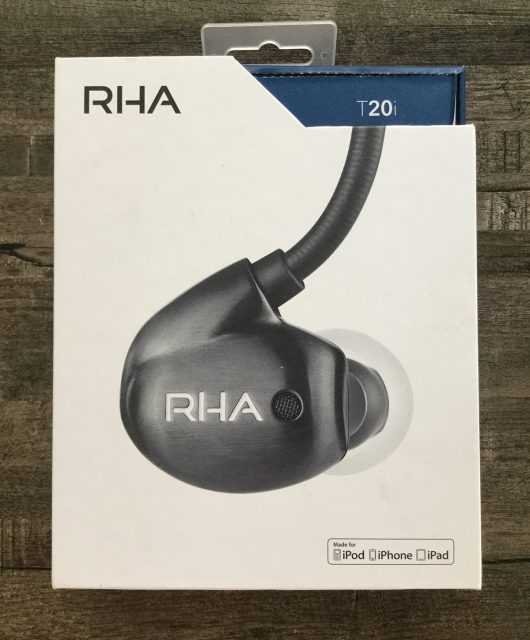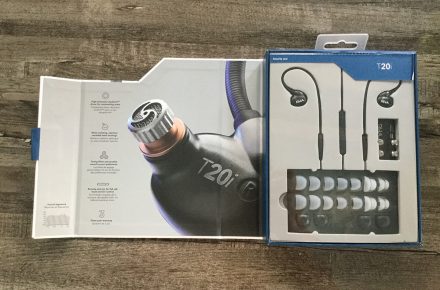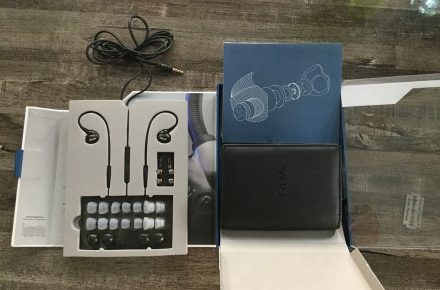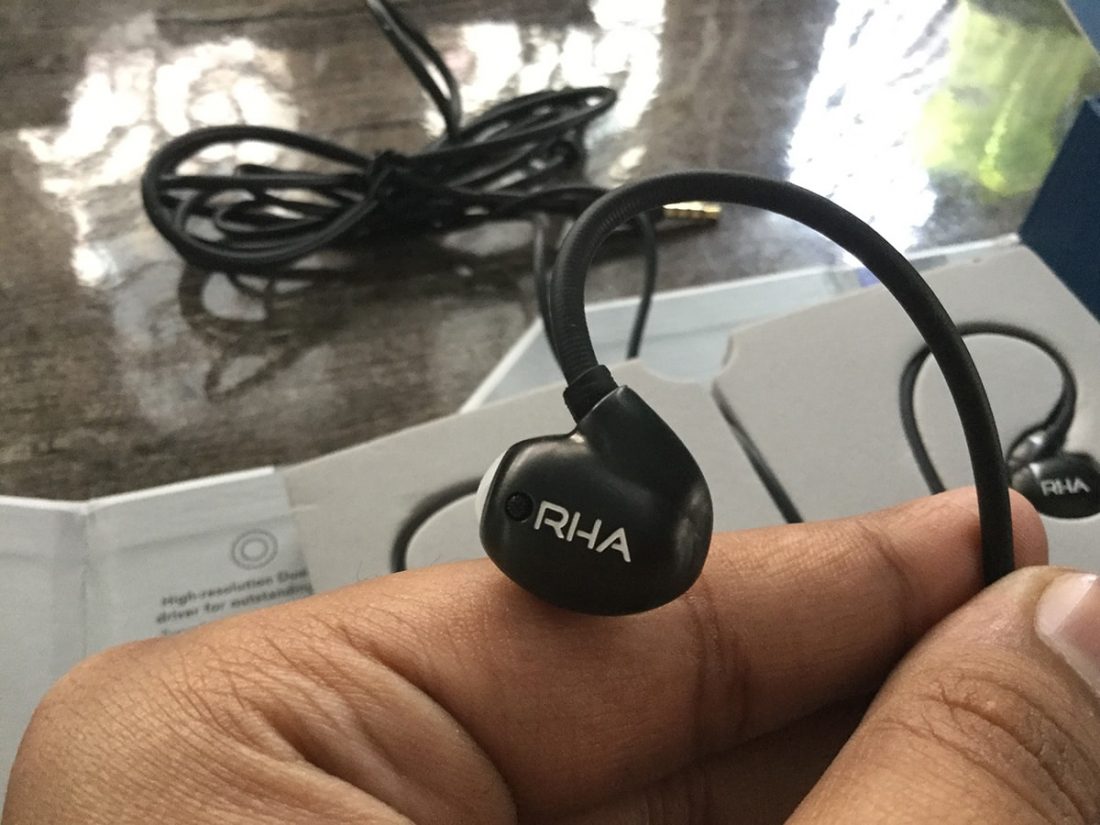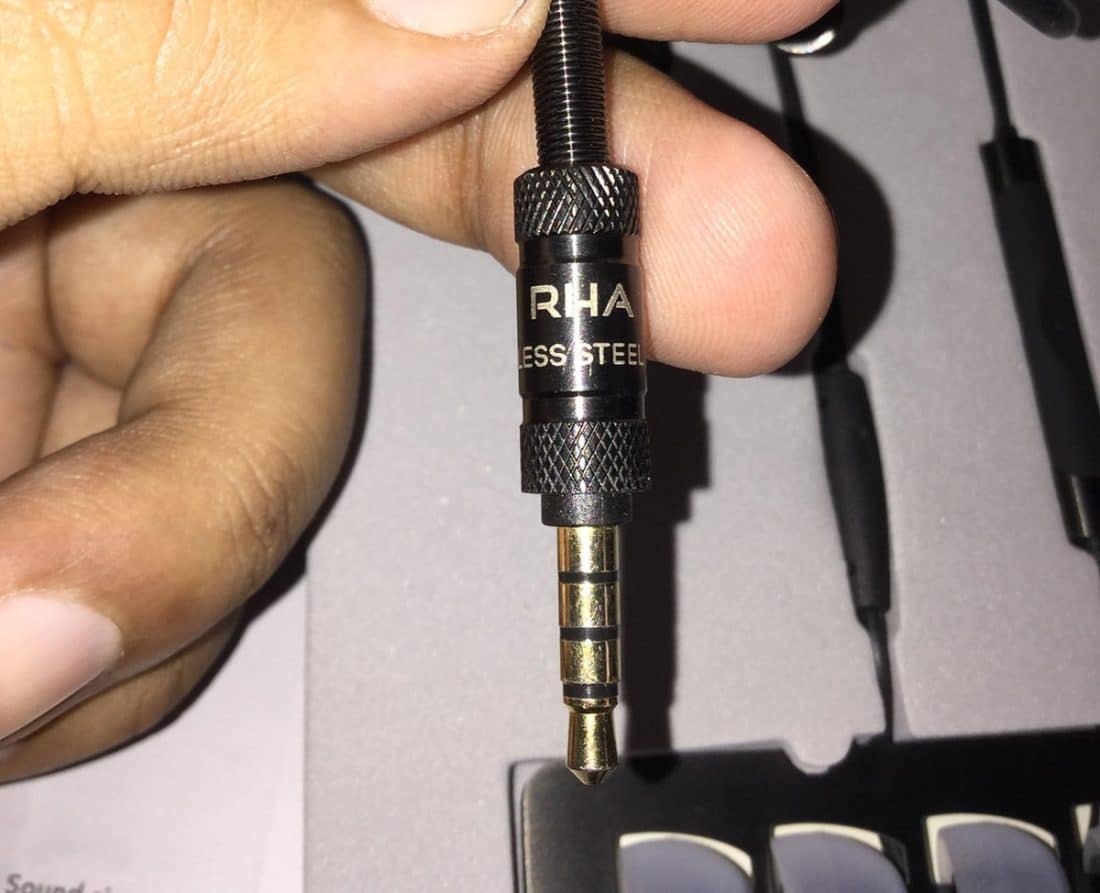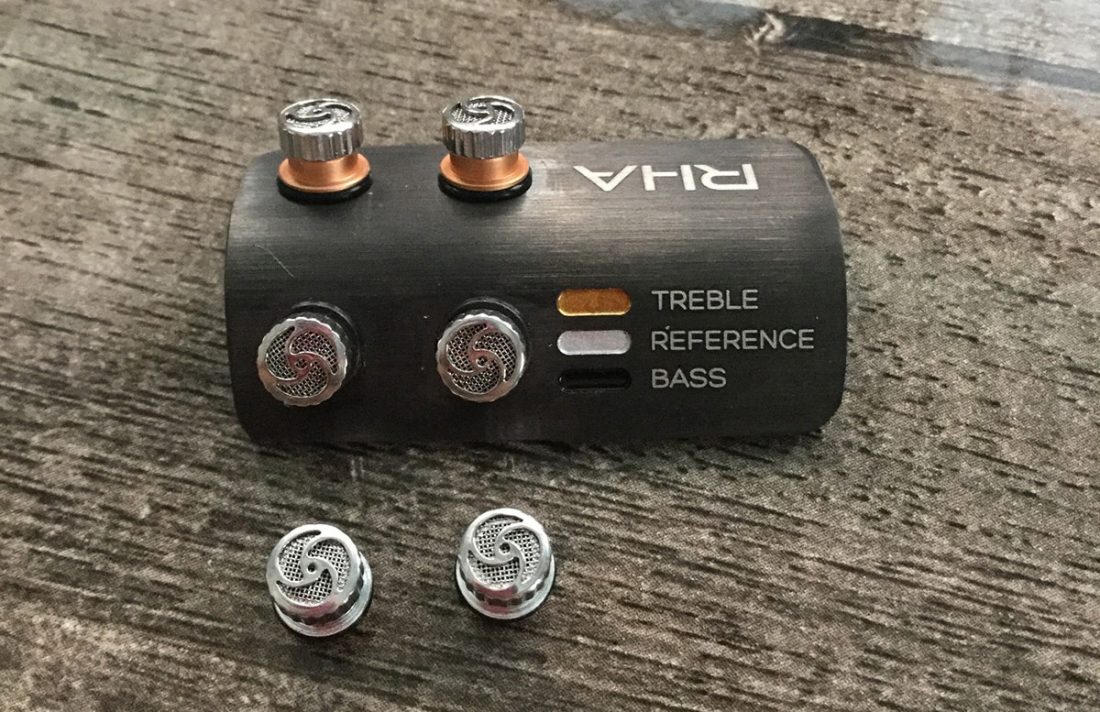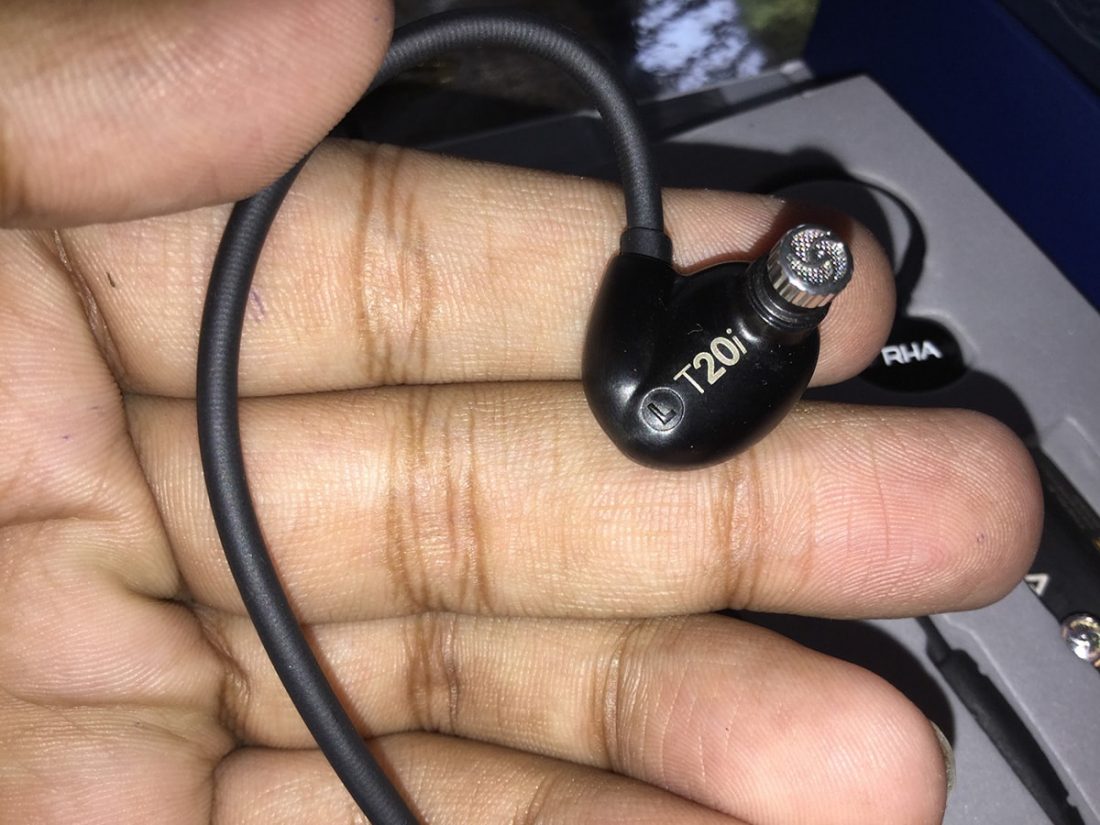I’ve had the RHA T20i for about four months, and have burned it with my mixed tracks of pink and white noise for about 100 hours. It’s quite good for its price, and the filter system is just the icing on the cake.
Packaging and Content
The unboxing was a one-of-a-kind experience … I never thought that a company could showcase its in-ear monitors (IEMs) like this! It makes for a very good first impression. These IEMs contain everything that you’d need to fit them in your ears. However, they were kind of itchy inside mine—more on that later. The box contains six pairs of single flange eartips (S, M, L), two pairs of double flange ear tips (S, M), and two pairs of Comply foam ear tips. It also includes a carrying case, a shirt clip, a manual, and—of course—three tuning filters for the bass, mids, and treble.
Build Quality
The T20i has a body frame made from injection-molded steel; hardly any IEM manufacturer uses this material for its IEMs, as it’s a long and tedious process (and not very cost-effective). These IEMs don’t come with detachable cables, which is quite a letdown considering their price. Should anything happen to the cable, you have to send it to RHA for RMA! All jokes aside, this is really a major omission from such an expensive pair of IEMs.
The cable is made of optical fiber, and the outer covering is made of silicon. The cable feels rubbery and sticky to the touch, which I don’t like much. However, the cable’s quite sturdy and should survive for a reasonable period of time if handled properly.
Comfort of the RHA T20i
Now, this is one of those areas where your mileage may vary. For me, even after trying out all the tips, including the foam tips, I could not find something that was both comfortable and isolating. The only one that was the least irritating to my ears was the small double flange tips. They maintained a good seal but were still uncomfortable. Also, the shells of the IEMs often made contact with my inner ear, which was painful. But eventually I got used to them, and now they don’t really bug me anymore.
RHA T20i Filters
The filters are one of the main features of these IEMs. Some people on online forums are saying that they’re just a gimmick, so let me clear this up once and for all: There are three types of filters included: The black one is for bass, the white one is for reference, and the gold one is for treble. Each of them changes the sound signature subtly without changing the actual sound signature of the IEMs.
Sound Quality
For this review, I’ll be referencing the bass filter because I mostly listen to EDM, rap, and some acoustic songs. The sound signature on these IEMs is slightly V-shaped, which means that there’s more emphasis on the bass and the treble than on the mids. The songs are in FLAC format and they were outputted from my PC via FiiO Q1.
Bass
Obviously, with the bass filter, the bass really pops out in most of the songs. At moderate volumes, the bass is quite punchy and enjoyable, and most people will like it. The bass is really tight and dynamic, and it never bleeds into the lower mids. The sub-bass digs really deep and the mid-bass is quite present in them. There’s a bit of a peak near the 100 Hz, which gives it that “thump.” All EDM and pop songs sound really good with the bass filter on. At times, though, it becomes a little harsh at higher volumes—but that’s about the only con I could find in the bass department.
Mids
The mids are clear on these IEMs, and both male and female vocalists sound good. (Have a listen to Idina Menzel’s “Let It Go.”)
Treble
The treble is quite strong on these IEMs; you can actually feel the strings of the guitar in Led Zeppelin’s “Stairway to Heaven.” There’s a slight peak at the 1 kHz range, which provides a nice bite to guitars and other string instruments. Another bonus is that the treble is not harsh at high volumes.
Soundstage
The soundstage is not that wide on these IEMs; it has depth but not width. Also, the instrument separation and detail is great—the amount of detail that these IEMs can replicate is simply amazing.
Technical Specification
Drivers: DualCoil™ Dynamic Cable: Reinforced 1.35m Oxygen-Free Copper cable with shielding Frequency Range: 16 – 40,000 Hz Sensitivity: 90 dB Impedance: 16 ohms Weight: 41g
Conclusion
The RHA T20i is a great pair of IEM, but they do come at a cost of almost $200, which is not inexpensive when considering similar products. Still, if your budget allows, I would highly recommend giving these a try—they won’t disappoint you.
